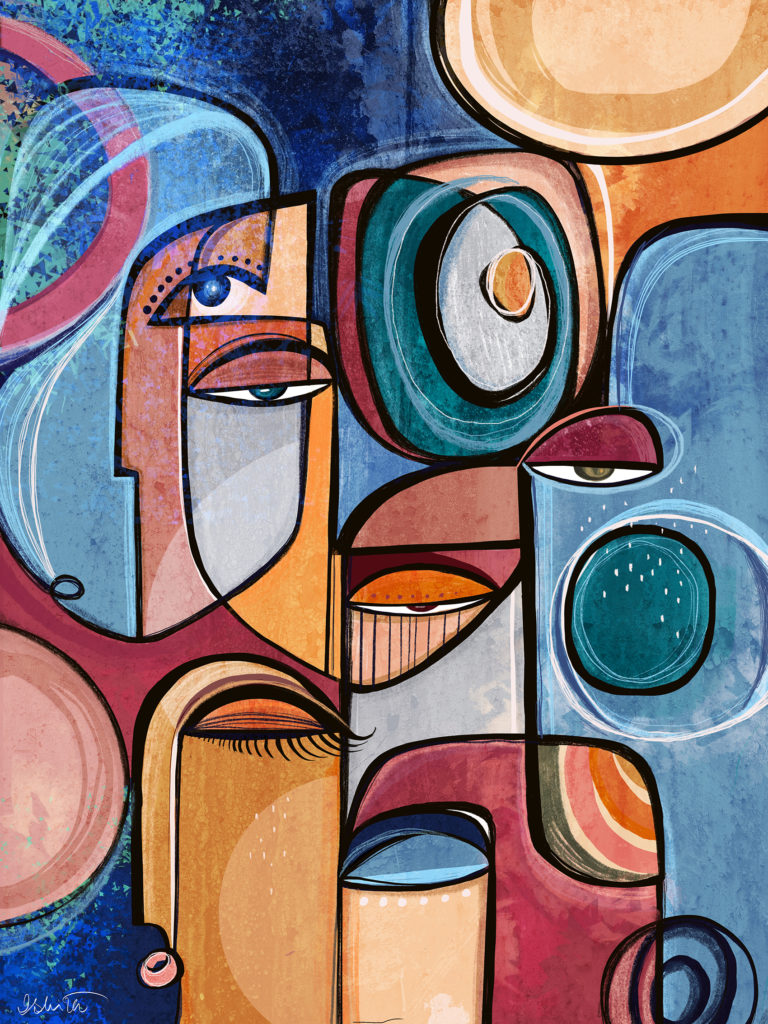In the U.S., the National College Athletic Association (NCAA) recently suspended rules that banned amateur athletes from monetizing their “Name, Image and Likeness” (NIL) via such means as product endorsements and merchandise. Those closely following the NFT space rightly recognize the opportunity, but one should not expect an explosion of sports NFTs to follow. There are many more lucrative deals clogging up the pipelines but, long term, the implications of this ruling change are considerable for NFTs especially if the changes are extended to high school athletes.
On July the 1st, the NCAA lifted rules stopping college athletes from monetizing their name, image and likeness while maintaining amateur status. Due to a wide range of activity in this area from state laws, some of which were about to come into effect, to proposals in Congress, final clear guidelines are not yet available. The situation for high school athletes is even more confusing with statements that they are not eligible in response to statements that they are and warnings about dropping NFTs too soon after one has graduated from high school.
However, unclear cut off dates are not stopping future college athletes from dropping NFTs and signing all sorts of deals. And keep in mind that, in April, University of Iowa basketball’s Luke Garza released his first NFT almost before hitting the showers after his last game in the 2021 NCAA men’s basketball tournament. So, with graduation behind them, we should see a rising tide of former high school athletes attempting to gather some NFT back-to-school money.
But can we expect a “flood of college athlete NFTs” to save the day for NFT markets declared dead? Well, yes and no. There will be significant growth in NFTs this year though likely spread over seasons for specific sports. Of course, high-profile athletes are already taking advantage of the shift in rules and releasing NFTs, such as the Kayvon Thibodeaux NFT in partnership with Nike founder Phil Knight and designed by Oregon alum Tinker Hatfield.
Keep in mind that the rules change creates new marketing channels of fresh young stars being offered much fancier opportunities than an NFT. So don’t be surprised that NFTs won’t get the same level of sports headlines as deals like:
- Cavinder twins sign with Boost Mobile and Six Star Pro Nutrition
- McKenzie Milton and D’Eriq King join Dreamfield, a NIL-focused startup, as co-founders
- Hercy Miller signs a $2 million deal with Web Apps America
So this coming year should be big for college sports-focused NFTs but NFTs will not be the biggest news to come from NIL rules changes. Nevertheless, this change comes at a perfect time for NFTs:
- 2021’s strong introduction of sports NFTs from NBA Top Shot to Sorare establishes NFTs as a new element in athlete’s merch bundle. Being on that checklist now means NFTs will become a standard item with which to maximize monetization.
- College athletics have a huge community element and a family fanbase that is often deeply engaged over generations. Such a dynamic can strongly increase the desirability of identifiable digital collectibles, which will kick in even deeper if high school athletes gain similar rights.
- Currently, a wide range of NFT platforms and marketplaces are being launched, including many in the sports space. Opening up college and, possibly, high school athletics to NFTs could lead to a wide range of game and marketplace startups centred on amateur athletes.
The enthusiastic community support received by amateur athletes makes them a huge target for marketers. Of course, the big bucks will go to the big stars, but everyone can create something unique to memorialize their years in youth athletics. Once the headline endorsement buzz fades into another element of background noise filled with pet foods and hygienic gear, NFTs from one’s days as a young sports star will remain forever on the blockchain of your choice for you and your fans to enjoy.
Featured Image via Pixabay

























